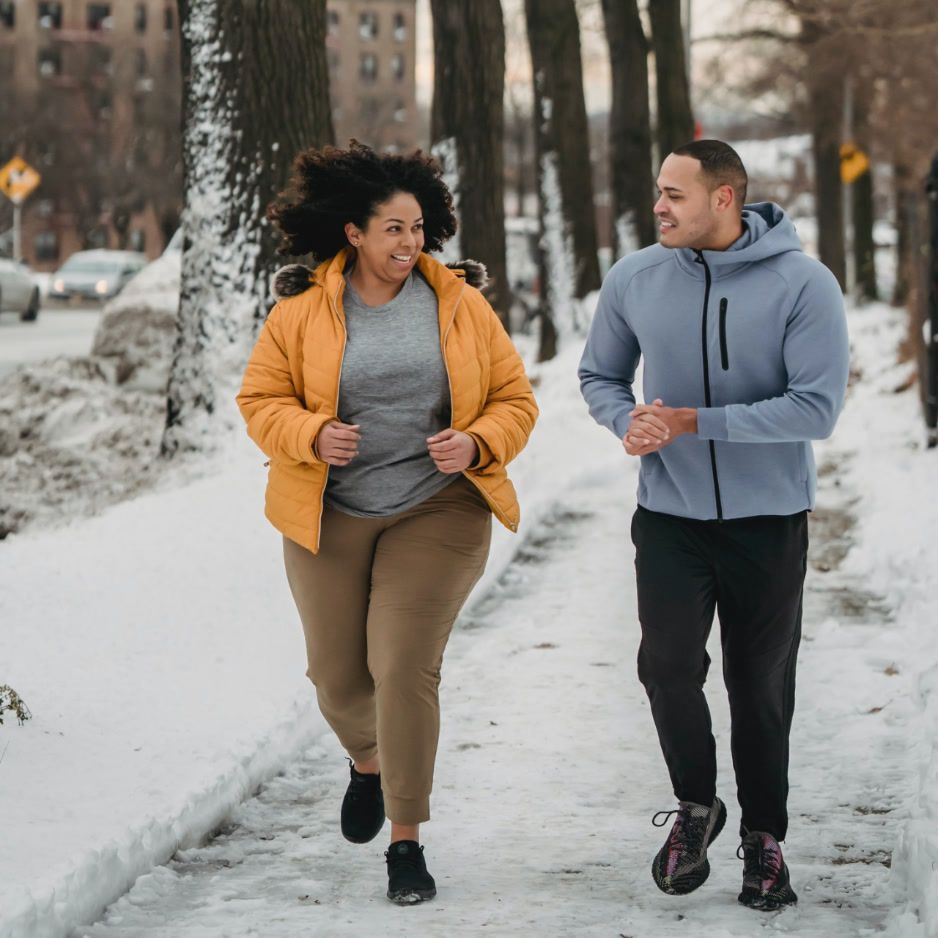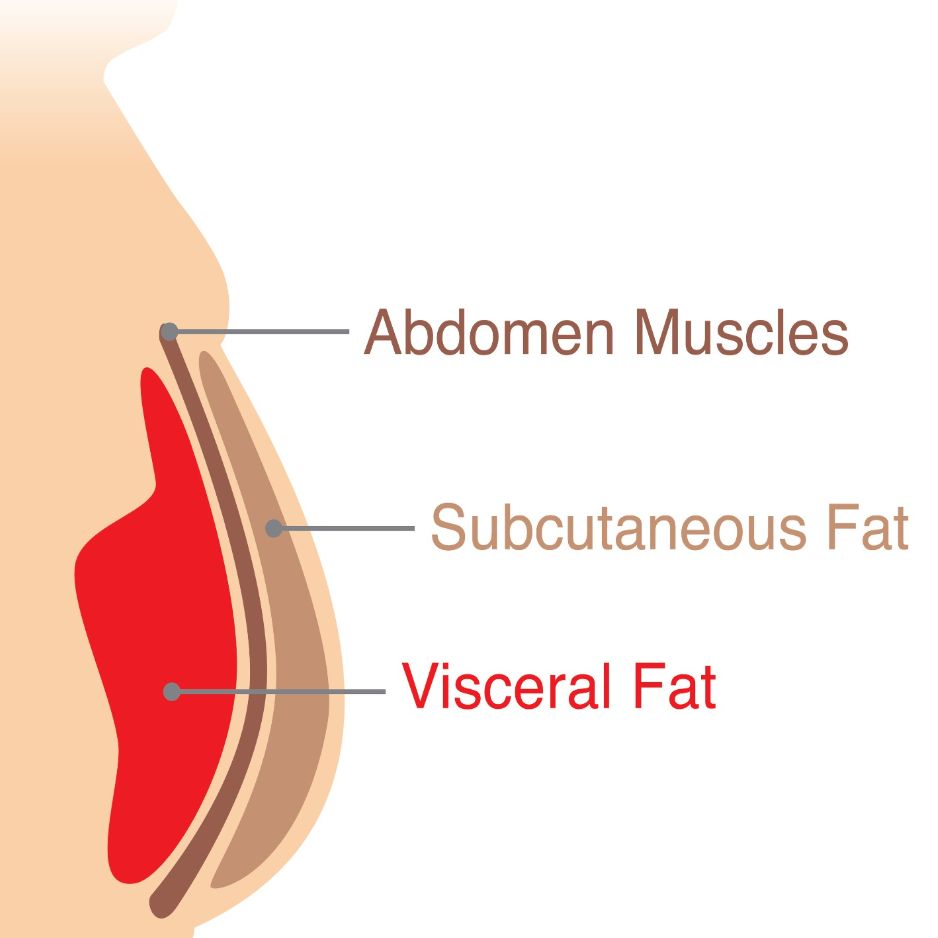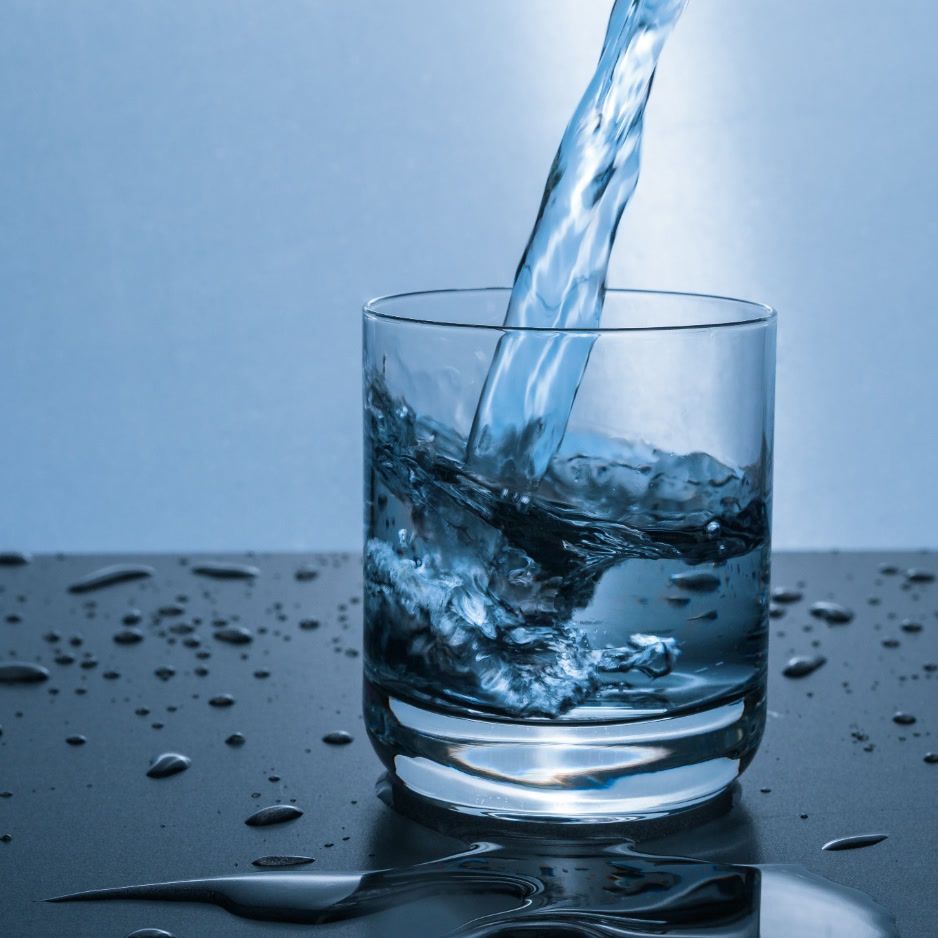Hourglass Body Type: Measurements, Style & Health

Hourglass Body Type: Measurements, Style & Health
The hourglass body type has captivated tailors, scientists, and social feeds alike for one simple reason: proportion. When bust and hip measurements are roughly the same circumference and the waist is dramatically smaller, this creates the famous “X-frame” silhouette that clothing designers celebrate. Research also suggests this balanced ratio is often perceived as highly attractive across many cultures (neuro-imaging study in PLOS ONE).
But an hourglass figure is more than a fashion headline. It’s the outward sign of a particular fat-distribution pattern—gynoid fat storage—that carries its own health advantages and potential risks. This guide shows you how to measure yourself accurately, what your proportions might mean for long-term health, and how to dress (or train) to make your curves work for you.
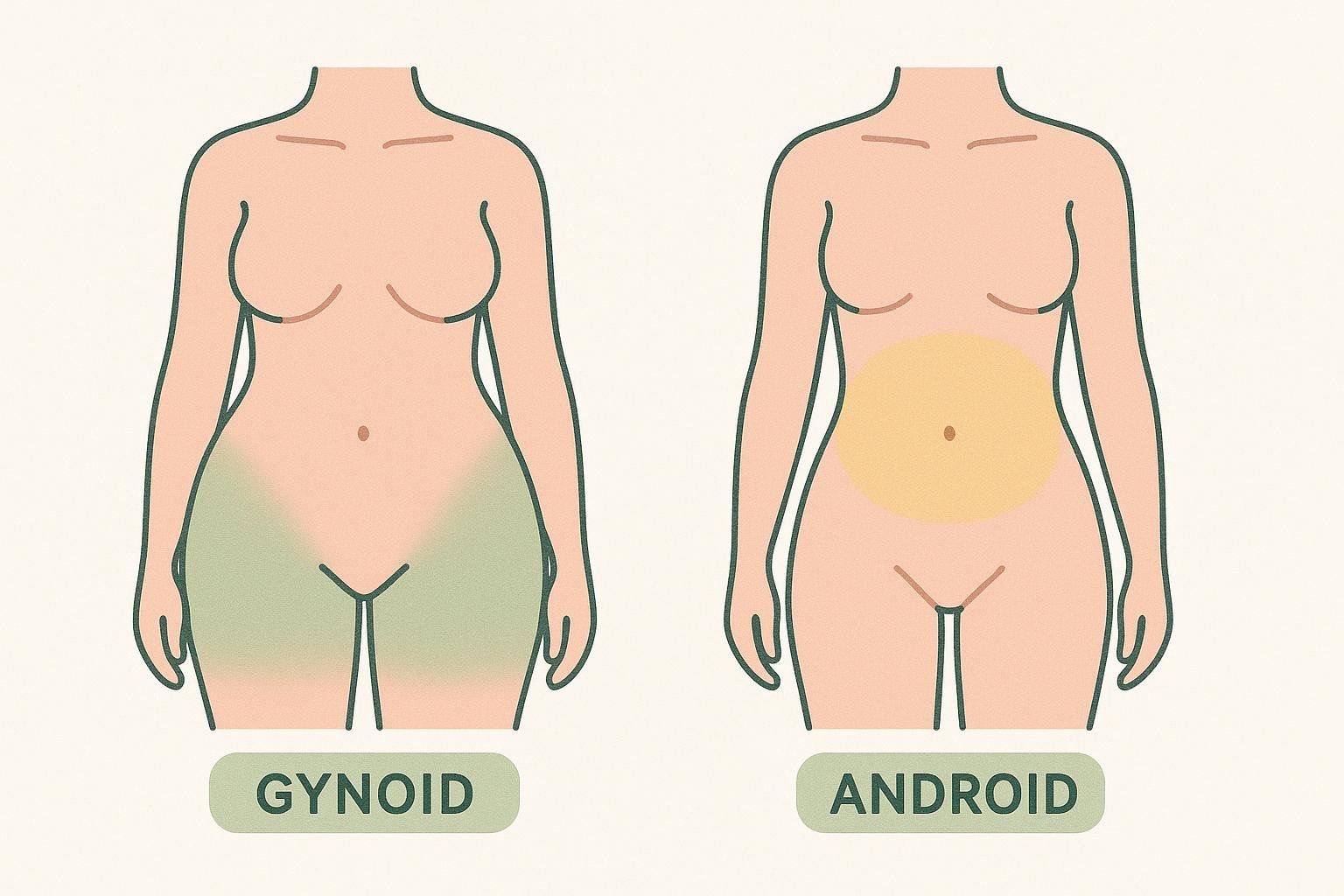
Quick Snapshot
| Bust–Hip Balance | Waist-to-Hip Ratio (WHR) | Fat-Distribution Pattern | Common Strengths | Areas to Monitor |
|---|---|---|---|---|
| Bust and hips within 5 % of each other | ≤ 0.75 typical; ~0.70 is the classic benchmark (based on a 2006 attractiveness study) | Gynoid (hips, thighs, glutes) | Naturally defined waist, lower visceral-fat risk | Hidden visceral fat, sizing inconsistencies, low-back strain from larger bust |
What Exactly Is an Hourglass Body Type?
An hourglass body type is defined by three core measurements.
- Bust – fullest part of the chest
- Waist – narrowest part between ribs and hips
- Hips – widest part of the buttocks
You’re generally considered hourglass if:
- Your bust and hip measurements differ by no more than 5 %
- Your waist measurement is at least 25 % smaller than either your bust or hips
Most hourglass shapes land at a WHR of 0.75 or below, with ~0.70 anchored in dozens of perception studies as the “classic” benchmark.
Why WHR matters: A low WHR correlates with higher estrogen levels, lower cardiovascular risk, and better fertility outcomes (per WHO waist-to-hip guidelines).
How to Know If You Have an Hourglass Shape
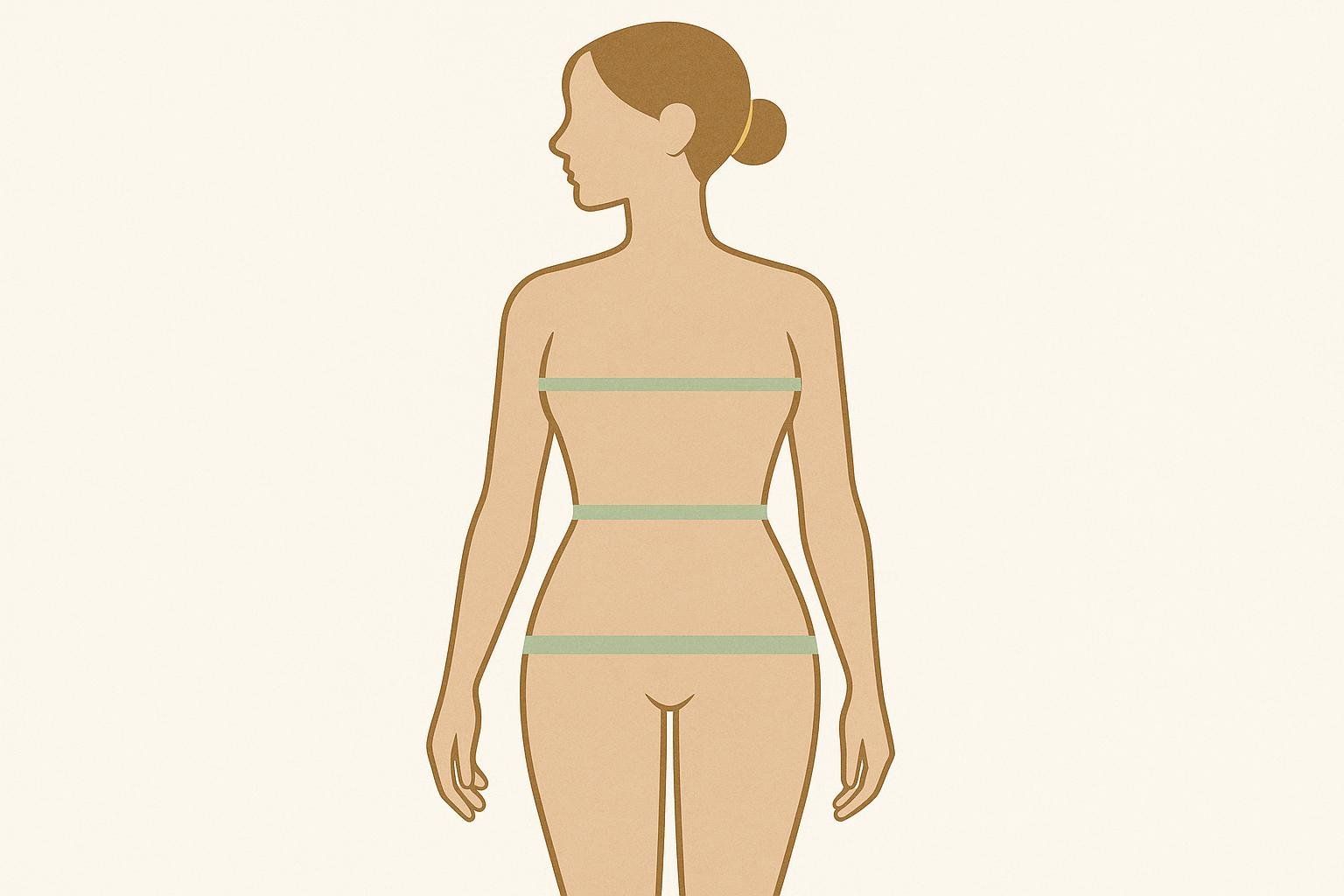
Grab a flexible tape measure, a mirror, and five minutes.
- Bust: Wrap the tape around the fullest part of your chest while standing tall.
- Waist: Find the midpoint between your lowest rib and hip bone; measure after a normal exhale.
- Hips: Measure the widest part of your buttocks, tape parallel to the floor.
- Calculate:
WHR = Waist ÷ Hips WBR = Waist ÷ Bust
Example: Bust 38 in • Waist 27 in • Hips 38.5 in gives WHR 0.70 and WBR 0.71 → classic hourglass.
Pro tip: Plug your numbers into BodySpec’s free Body Type Calculator for instant feedback and personalized style pointers.
Health Implications of an Hourglass Figure
1. Health Benefits of Gynoid Fat Distribution
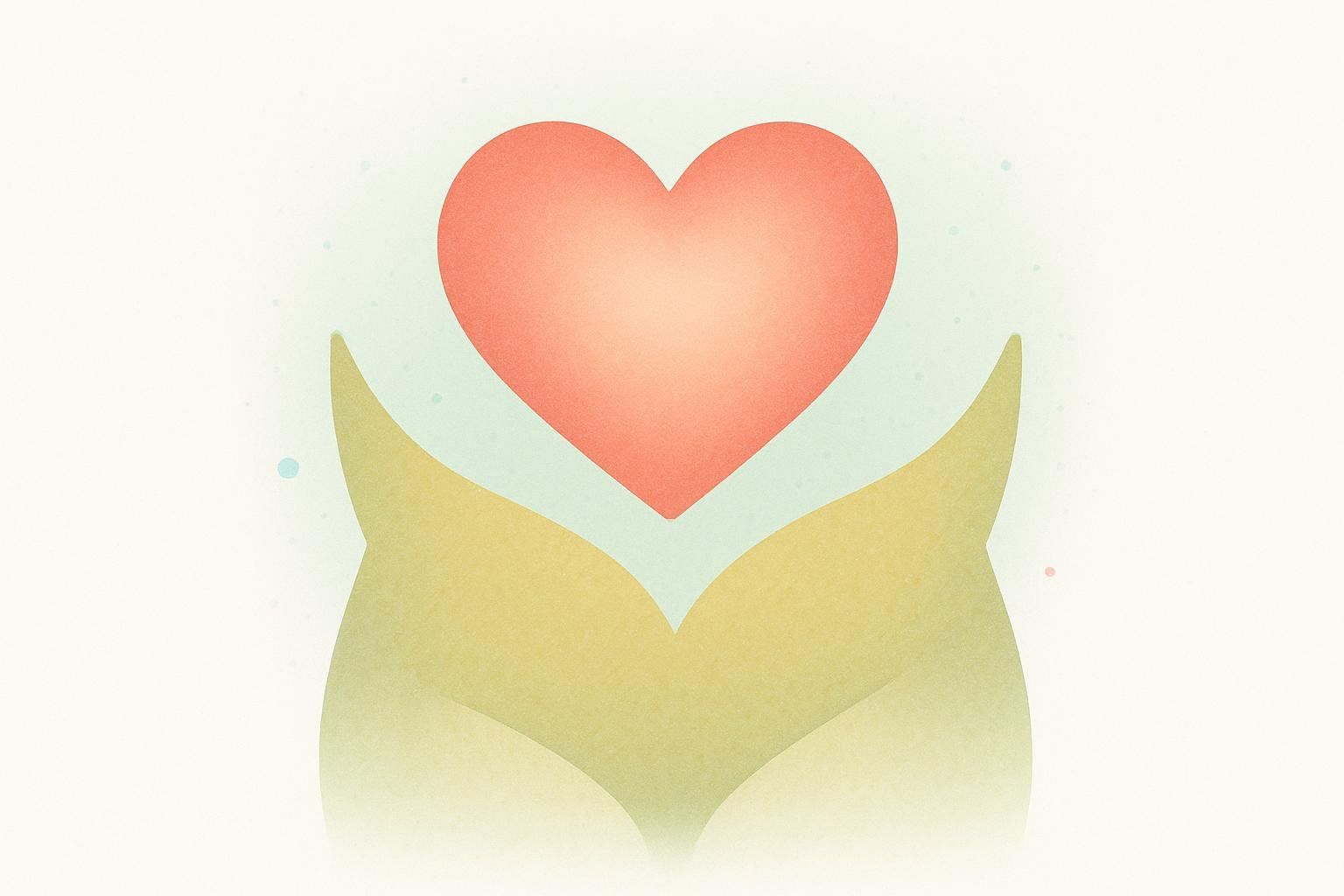
Hourglass figures store proportionally more subcutaneous fat on the hips and thighs. A 2013 Circulation study found that abundant lower-body subcutaneous fat was protective for cardiovascular disease, compared with visceral fat around the belly.
2. Hidden Risk: Visceral Fat Accumulation
Hormone shifts, chronic stress, or long-term caloric surplus can cause fat to accumulate behind the abdominal wall, raising heart-disease risk even when your visible waist stays small. A regional DEXA scan distinguishes android fat (belly) from gynoid fat (hips/thighs) so you know exactly what’s happening under the surface.
3. Bone & Muscle Balance
A fuller bust plus curvy hips can stress the lumbar spine and knees. Strengthening the posterior chain (glutes, hamstrings, back extensors) keeps posture pain-free.
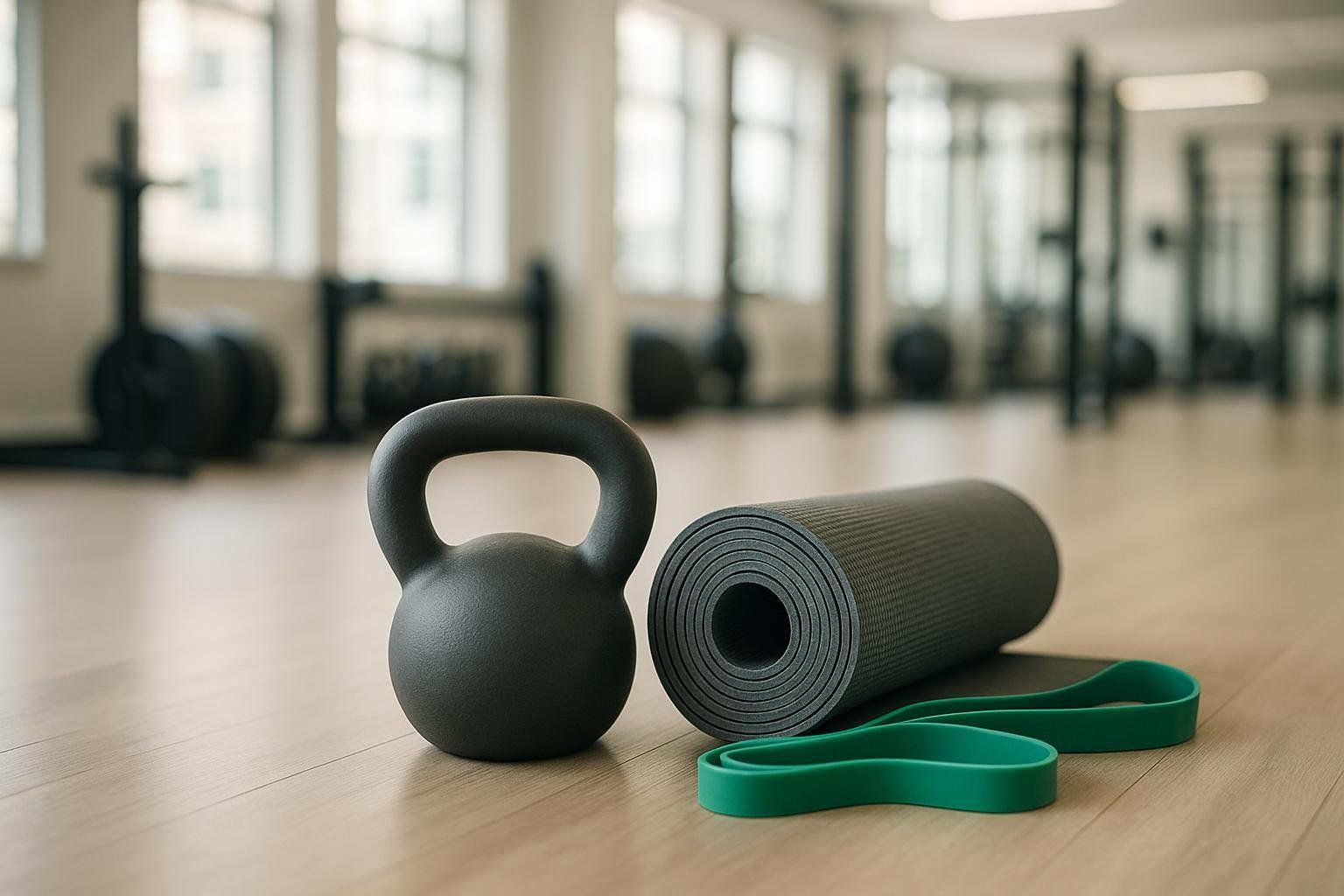
Dressing the Hourglass Shape

Workwear Staples
| Goal | Smart Picks | Why It Works |
|---|---|---|
| Define waist without over-sexualizing | Wrap dresses, belted blazers, high-rise pencil skirts | Accents the natural midpoint while staying office-friendly |
| Prevent button-gap at the bust | Stretch poplin shirts or knit shells under jackets | Accommodates curves without upsizing everywhere |
| Keep layers neat | Cropped jackets ending at the waist | Preserves the hip line and leg length |
Casual Days
| Goal | Smart Picks | Why It Works |
|---|---|---|
| Flatter curves in denim | High-rise skinny or straight jeans | Hugs the waist and skims hips without gaping |
| Elongate torso | V-neck tees or open-collar blouses | Draws the eye vertically |
| Add edge without bulk | Moto or denim jackets that hit at waist | Maintains X-shape instead of boxiness |
Gym & Activewear
| Goal | Smart Picks | Why It Works |
|---|---|---|
| Prevent waistband roll | High-waist, 4-way-stretch leggings | Stays put through squats and runs |
| Distribute bust weight | Racerback or compressive sports bras | Spreads load across shoulders |
| Highlight waist while moving | Slightly fitted performance tanks | Shows curves without restricting motion |
Tailoring Tip: If a piece fits your bust and hips but bags at the waist, a quick nip from a tailor turns budget fabric into a custom look.
Workout & Nutrition Strategies for Hourglass Athletes
- Core & Anti-Rotation Drills (Pallof press, dead bugs) protect the lower back.
- Glute-Dominant Lifts (hip thrusts, Romanian deadlifts) reinforce curves and knee health.
- Upper-Back Strength (face pulls, rows) combats forward-shoulder posture.
- Conditioning: Moderate-intensity intervals trim visceral fat without spiking cortisol.
- Protein target: 0.7–1.0 g per lb goal weight, spaced across meals (ACE guidelines).
Re-scan with DEXA every 3–4 months to verify that lean-mass gains outpace any increase in visceral fat.
Hourglass vs. Other Body Shapes
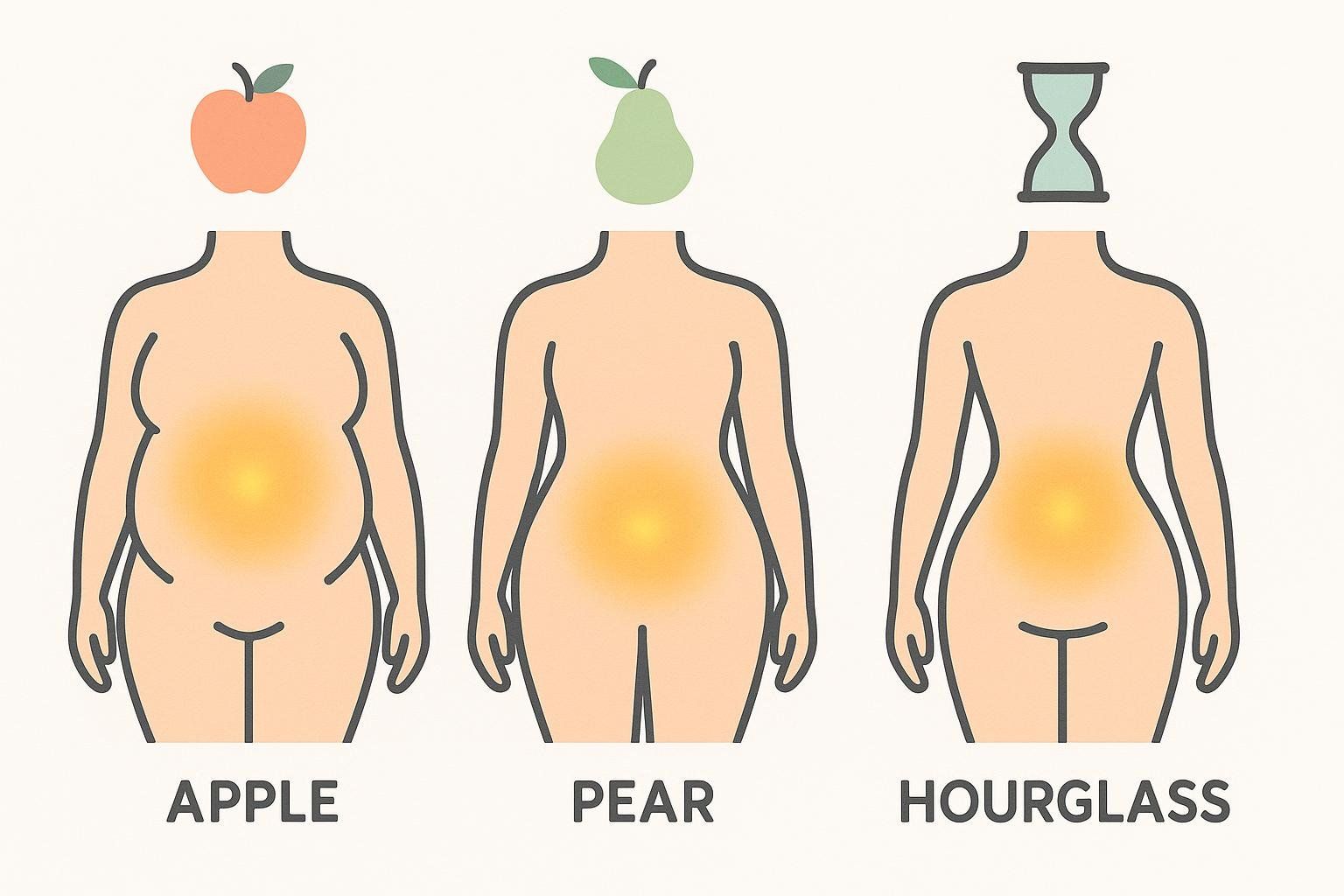
| Feature | Hourglass | Pear | Apple |
|---|---|---|---|
| Bust≈Hips? | Yes | No (hips wider) | No (bust & waist wider) |
| Waist Definition | Pronounced | Moderate | Minimal |
| Typical WHR | ≤ 0.75 | ≤ 0.80 | ≥ 0.85 |
| Health Hotspot | Lumbar spine strain | Knee OA risk | Visceral fat, CVD |
| Read More | Hourglass Guide | Pear-Shaped Guide | Apple-Shaped Blueprint |
FAQs About the Hourglass Body Type
Is an hourglass figure rare?
Yes, it is relatively uncommon. A study in the Family and Consumer Sciences Research Journal found that about 22 % of female participants fit the hourglass category.
Can I “become” an hourglass through training?
Exercise can’t change bone width, but you can build upper-back and glute muscle while tightening the waist—moving your ratios closer to hourglass territory.
What jeans rise is best?
A 10- to 11-in front rise usually lands at the natural waist, highlighting the hourglass drop without muffin-top spill.
Do hourglass shapes gain weight evenly?
This is often the case. Weight gain for this body type typically occurs first in the hips, bust, and thighs. However, a prolonged calorie surplus eventually drives visceral fat upward, so the scale alone isn’t a reliable gauge.
Next Steps: Quantify Your Curves with DEXA
Mirror checks show shape; a DEXA scan shows composition. In one low-dose session you’ll learn your exact fat, lean mass, bone density—and those all-important visceral-fat grams. Use the insights alongside the Body Type Calculator to fine-tune both wardrobe and workouts.
Ready to see your numbers? Book a BodySpec DEXA scan at a studio or mobile clinic near you.
Key Takeaways
- Hourglass status = balanced bust/hips plus low WHR.
- Gynoid fat is protective, but visceral fat can still accumulate.
- Tailoring, strength training, and periodic DEXA scans can help maintain your physique and support long-term health.
